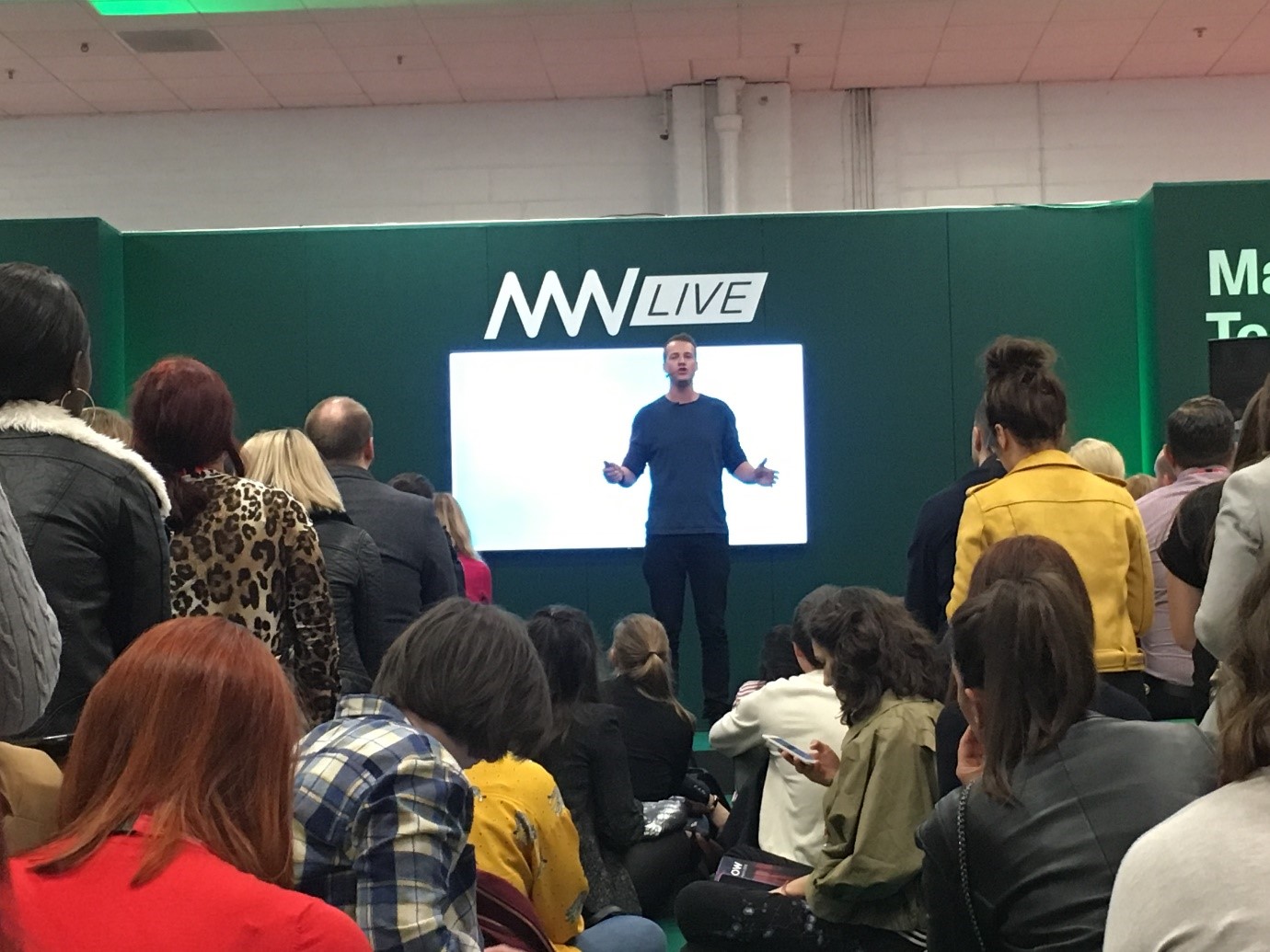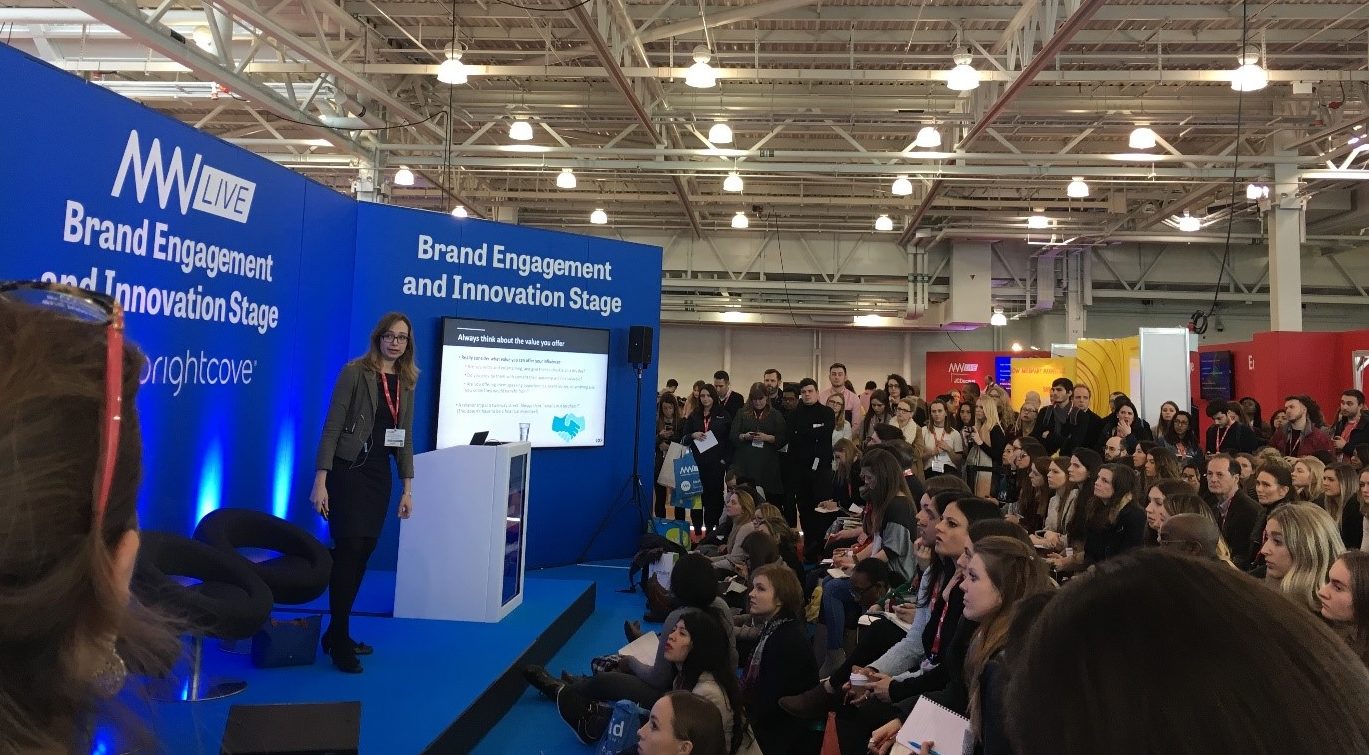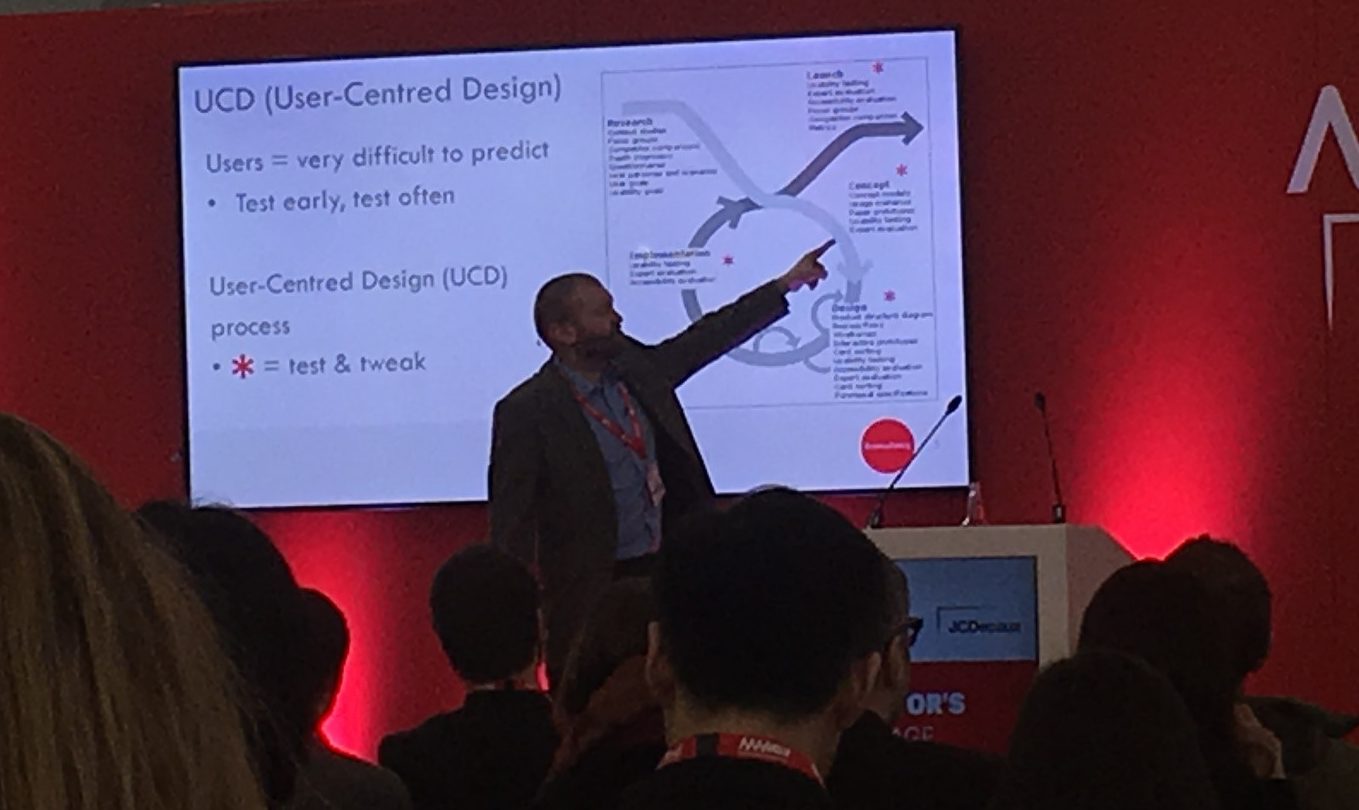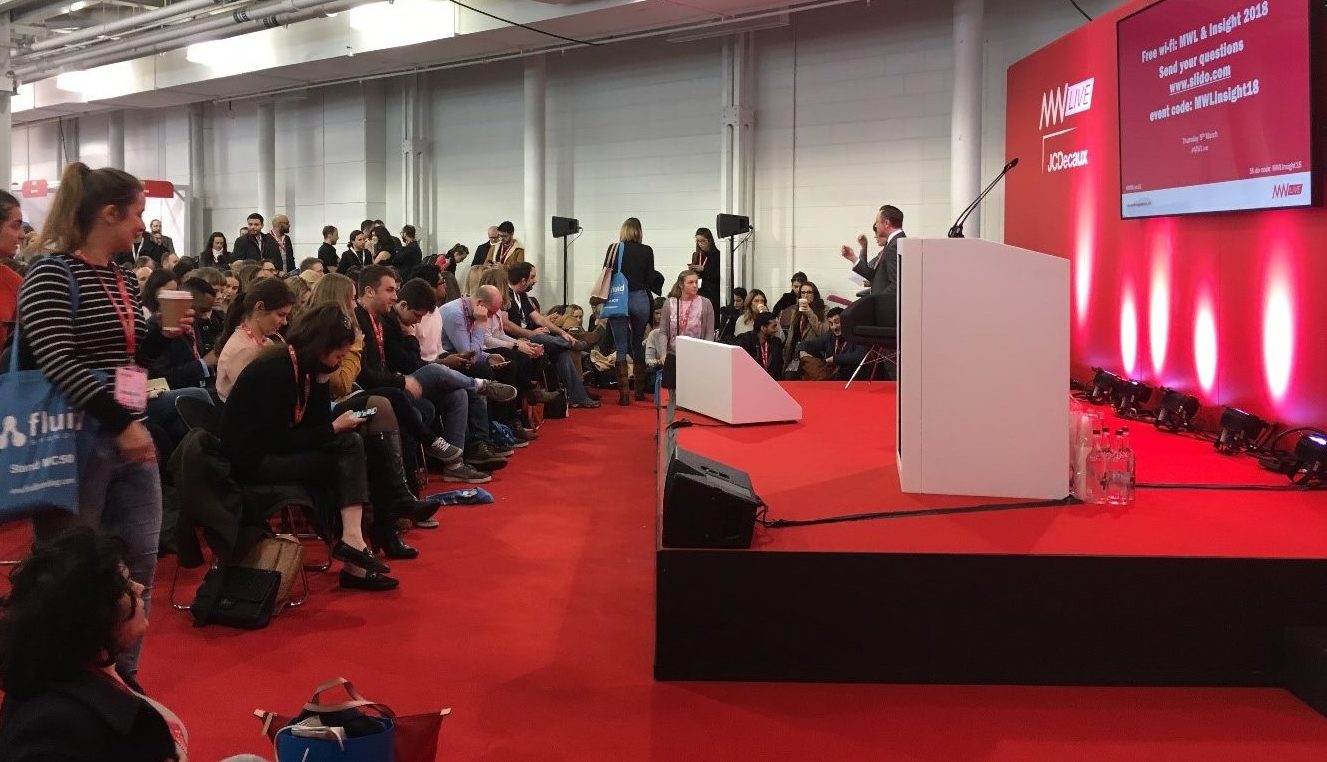3 Key Highlights from Marketing Week Live 2018
Recently we had the opportunity to visit Marketing Week Live (MW Live), which celebrates the latest news and developments in marketing.

Harnessing influencers is increasingly important
Many discussions touched upon the importance of utilising influencers, particularly the idea of ‘micro-influencers’. A micro-influencer tends to be understood as someone with a smaller following (though typically this is above 3,000 to as high as 50,000), with knowledge and posts revolving around a particular passion or niche. They’re relatable and genuine, meaning their followers are engaged and trust the posts the influencer shares – and you know how powerful word of mouth from a trustworthy source is in terms of marketing.
This puts micro-influencers in a unique position to be able to softly sell a product or service (or at least strongly endorse it!) to an audience who may be genuinely interested, particularly as the micro-influencers are often experts in their field.
As a common theme throughout the show, a lot of speakers centred their talks on approaching marketing on budget through harnessing micro-influencers. This enables you as a marketer to gain a wide reach to an already engaged audience.
You could actually argue that most serious marketers would naturally be targeting micro-influencers without necessarily labelling them as such. It’s just a new term for what many marketers are already doing – you wouldn’t have a celebrity endorse your product or service if there was no relevance, interest or shared lifestyle/values for your audience.
However, there are some interesting things to note:
- The US are doing this much more than the UK – we’re about 2-3 years behind them generally so for UK marketers, it would be excellent to jump on this if you’re not already, and you still might be getting ahead quite a bit further ahead of your competitors.
- Be cautious of who you contact and what the risks are if it doesn’t work out – it can get expensive forming a partnership without a guarantee of having an impact.

Customer experience is really hot
As marketers, you should know that customer experience comes first. If you deliver what the customer wants, find solutions to their pain points, make THEIR life easier and provide a good experience, you’re onto a winner.
Discussing the customer experience through a digital journey should be paramount in the initial strategy and setup.
We noted during the exhibition that there was more talk of driving projects (such as building new websites) with customer experience in mind. This shouldn’t be in a passive ‘we’ve done our research on our audience’ way, but more on actually approaching projects differently with UX having an active role throughout the project. This can be done testing features early on in the design and build phase and actually changing the direction of the project development as a result of audience feedback.
Although A/B testing is often used by marketers for campaigns, in most instances, you won’t find this in a project build. The benefit of doing this means if you do need to make changes, as you’re doing it at an earlier phase, it’s often cheaper and easier than doing it later on and it also means you won’t have to make bigger changes or try and make something work that just doesn’t when the final product has been created.

It also doesn’t have to be a huge investment – asking willing participants (preferably your audience but failing that friends and family can often have valuable input) to test elements can give you insight early on.
There are also some general tips that will help with nailing a good customer experience, including:
- Personalisation – this isn’t a new topic, but you’d be hard-stretched to find a study that says personalisation is detrimental! It can be also be used in small or functional ways, like auto-fill forms – you want the whole experience of the customer to be as easy as possible.
- It is unlikely all of your products/services/sites will appeal to all people. Often ‘progressive disclosure’ comes into play here – for example, you only need to show say 20% of the functionality to appeal to 80% of people. Make information available within reach, but don’t overwhelm the user with all the features and possibilities.
- Make what you’re trying to sell or want the user to do obvious. Use icons alongside text; people want to know what they are seeing or doing.
- On websites, provide a visual structure and avoid clutter. A user should be able to understand the format and journey on a page without knowing the language it is written in – hence why you use Lorem Ipsum!
- Don’t make an action more difficult than it needs to be! Reduce clicks, remove unnecessary fields and don’t ask too much from your audience!
Approaching the pitching process differently
A slightly more unconventional topic we found interesting was to do with the client-agency relationship and the pitching process that initiates this. Historically, clients put forward a brief for agencies to pitch for. However, this doesn’t always yield the best results. The brief can often be long and cumbersome, with not all stakeholders thoroughly reviewing it!
One of the approaches discussed was to have a more collaborative relationship between the client and agency early on before any work has been started. We sometimes find when clients come to us, they have a shortlist of what they’d like rather than what they need to achieve their goals. We believe in working with the client early on to ascertain what their challenges are, what marketing can do for them and with what budget and channels.
This approach means that although your initial brief may change, the proposal from this point on is more realistic and aligned to what you can do, and often allows marketers on both sides to have a better idea of expectations and what they need to achieve.
In the discussions during the show, other businesses have found this to be a favourable approach and often say this has meant the pitching process has been much better defined, quicker from start to finish and cheaper in terms of investment or resource.

Marketing Week Live showed us it had something to offer all marketers and will certainly be attending again next year. We’d love to hear your thoughts about the event and what your particular highlights were. Let us know on Twitter and Facebook.